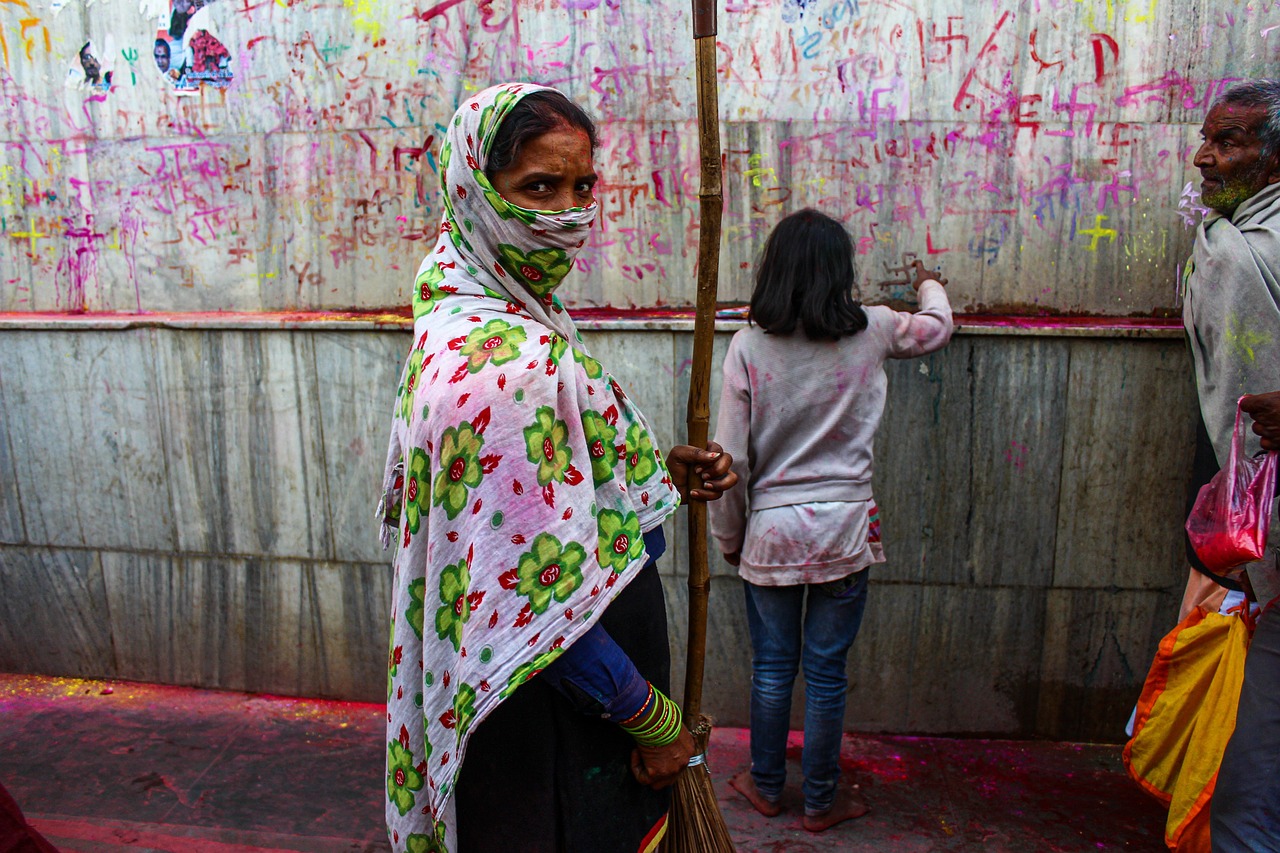Voter Turnout Trends: Factors Influencing Participation Rates
Voter participation is influenced by a multitude of factors, impacting the overall engagement of individuals in the democratic process. One significant determinant is the accessibility of polling locations and voting procedures. When voting locations are situated far from residents, individuals may face barriers in physically getting to the polls, which can discourage participation. Additionally, complicated registration processes and identification requirements can deter potential voters, especially those with limited resources and time.
Moreover, the influence of social networks cannot be underestimated in shaping voter participation. Peer pressure and community norms play a pivotal role in motivating individuals to partake in electoral activities. When friends, family members, or colleagues express enthusiasm for voting, individuals are more likely to follow suit and participate in the electoral process. Conversely, if one’s immediate social circle displays apathy or disengagement towards voting, it can diminish one’s inclination to take part in elections.
Socioeconomic Status and Voter Turnout
Socioeconomic status plays a significant role in influencing voter turnout. Research indicates that individuals with higher levels of income and education are more likely to vote compared to those with lower socioeconomic status. This disparity in participation can be attributed to various factors such as access to information, resources, and political efficacy.
Moreover, individuals from marginalized socioeconomic backgrounds may face barriers such as lack of transportation, time constraints due to multiple jobs, or limited access to polling stations. These obstacles can hinder their ability to exercise their right to vote, ultimately contributing to lower voter turnout rates among certain socioeconomic groups.
Impact of Education on Voting Rates
In examining the impact of education on voting rates, research consistently demonstrates a positive correlation between higher levels of education and increased voter turnout. Studies have shown that individuals with higher educational attainment are more likely to participate in elections compared to those with lower levels of education. This pattern suggests that education plays a significant role in shaping civic engagement and political behavior.
Furthermore, higher education not only increases the likelihood of voter participation but also enhances individuals’ ability to critically evaluate political information and make informed decisions at the polls. Education equips individuals with the necessary skills to navigate complex political landscapes, empowering them to understand the significance of their vote and its potential impact on society. As a result, promoting educational opportunities and fostering a culture of lifelong learning can be key strategies to bolster voter turnout and strengthen democratic processes.





